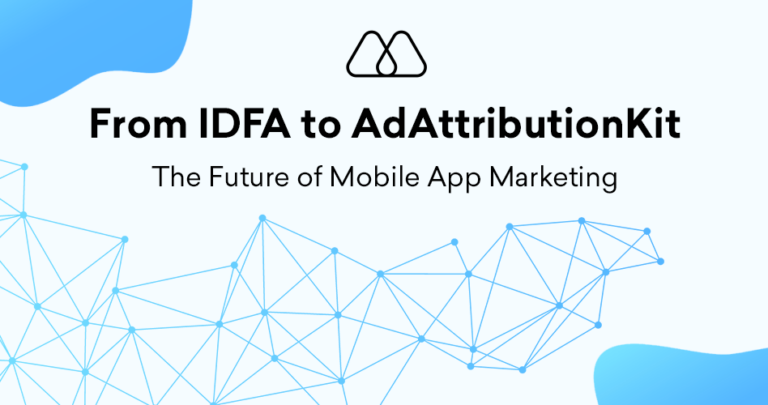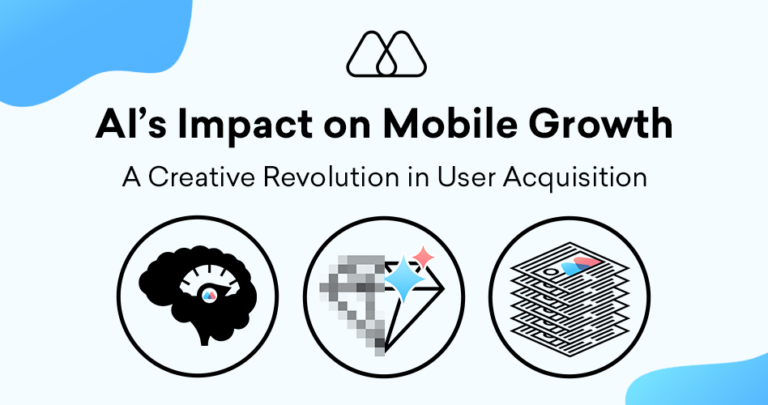For companies focused on performance marketing, understanding, and optimizing advertising spend (ad spend) is pivotal. Ad spend influences the reach and effectiveness of marketing campaigns but also shapes overall business growth and ROI. By strategically allocating and managing ad spend, companies can ensure they get the most out of their marketing budget. This article explores the definition of ad spend, its significance, and strategic insights for managing it effectively.
What is Ad Spend?
Ad spend refers to the amount of money a company allocates for advertising and promotional activities over a specific period. This expenditure covers various platforms and media, including digital (like social media, search engines, and online ads) and traditional media (such as TV, radio, and print ads). In performance marketing, ad spending is strategically directed toward campaigns where the performance can be measured and optimized, such as advertising, social media ads, and other online marketing channels.
Strategic Management of Ad Spend
Effective management of advertising costs is crucial for ensuring that every dollar spent contributes to achieving specific marketing and business objectives. Here’s how sophisticated marketers can maximize their ad spend:
- Align with Business Goals: Directly correlate with strategic business outcomes, whether driving brand awareness, generating leads, or boosting sales. Clearly defined goals help allocate budgets more effectively and measure success.
- Leverage Data-Driven Insights: Utilize analytics to make informed decisions about where to allocate funds. Performance data from previous campaigns can provide valuable insights into what works and what doesn’t, helping to optimize spend and improve ROI.
- Focus on Targeted Advertising: Instead of casting a wide net, focus on targeted advertising strategies reaching specific demographics or user segments. This approach ensures that spending is concentrated on the most likely prospects to convert, thus maximizing efficiency.
- Continuously Optimize Campaigns: The digital marketing landscape is dynamic, requiring ongoing optimization of campaigns. Regularly review and adjust spending based on real-time performance metrics to ensure funds are used effectively.
- Embrace Emerging Technologies: Technologies like AI and machine learning can significantly enhance how advertising spending is managed by automating data analysis and enabling predictive analytics. These tools can help identify optimal ad placements and timings, reducing wastage and improving campaign performance.
Challenges in Managing Ad Spend
Despite the best strategies, managing advertising spending effectively can be challenging due to the following:
- Rapidly Changing Market Conditions: The digital advertising landscape is highly volatile, with frequent changes in platform algorithms, consumer behavior, and competitive tactics. Companies must be agile and adaptable to navigate these changes and optimize their ad spend strategies accordingly.
- Budget Constraints: Especially for startups and smaller enterprises, there may be significant limitations on how much can be spent on advertising. Here, creativity and resourcefulness become crucial. Utilizing cost-effective strategies like paid social marketing and UGC can be highly effective for businesses with limited budgets.
- Measurement Difficulties: While digital platforms offer advanced tracking capabilities, accurately attributing sales or conversions to specific ads or campaigns can still be complex. A multi-touch attribution model that considers all customer touchpoints can help understand the overall impact of ad spend.
In performance marketing, ad spend is more than just a budget line item; it’s a strategic tool that, when managed wisely, can drive significant business growth and competitive advantage.
Key Takeaways
- Directly Link to Specific Business Objectives: Ensure every dollar spent has a clear purpose and expected outcome.
- Utilize Analytics for Informed Decision-Making: Base ad spend allocations on solid data to maximize ROI.
- Prioritize Targeted Advertising Approaches: Focus on targeted groups for higher efficiency and improved conversion rates.
- Adopt Continuous Optimization Practices: Regularly adjust spending based on campaign performance and market changes.




